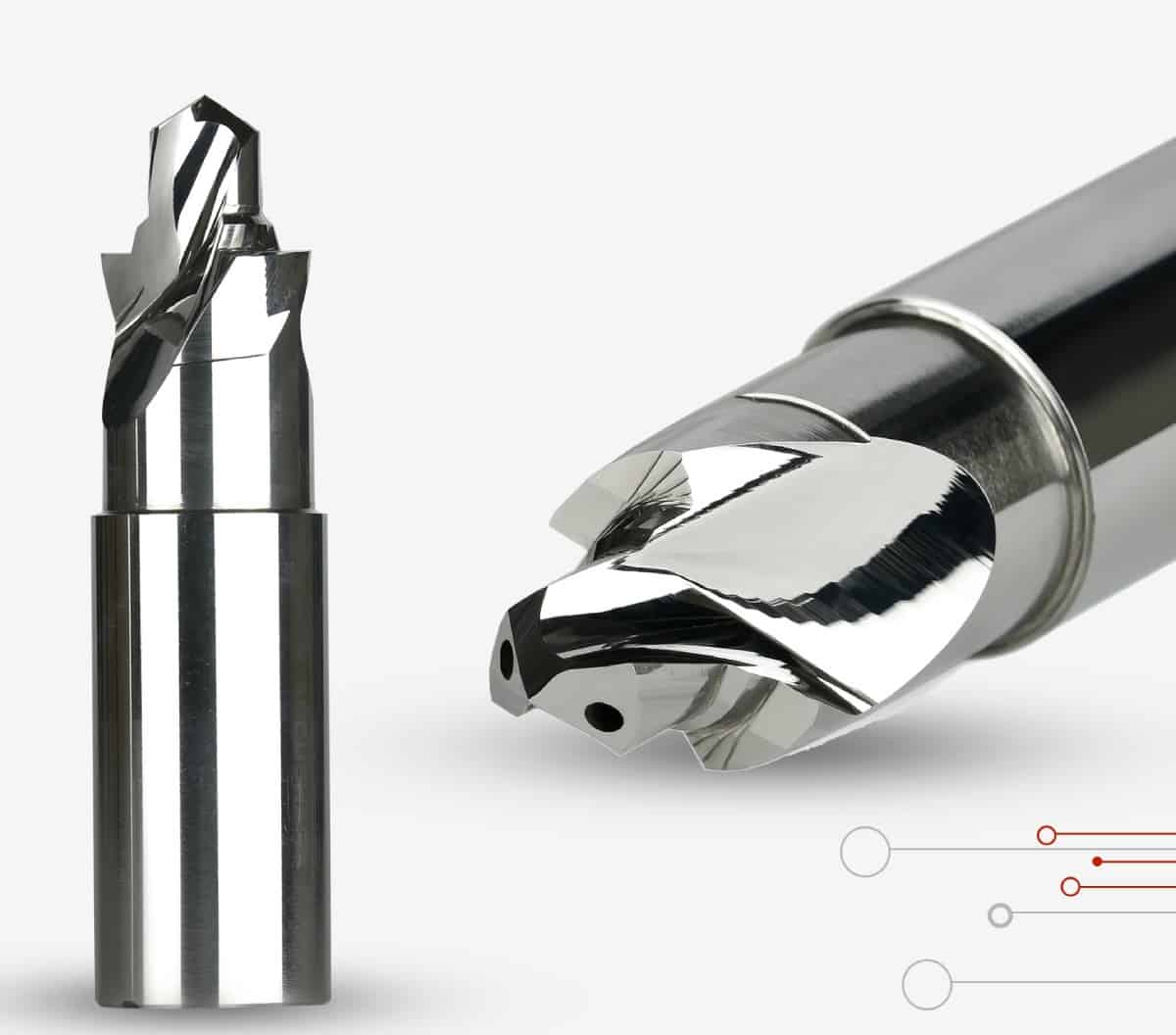In the world of manufacturing, achieving precision and efficiency is paramount. Carbide cutting tools have emerged as a game-changer in this regard, offering superior performance and longevity compared to traditional cutting tools. In this blog, we will explore the need for high-quality carbide cutting tools, their significance in various industries, the essential parameters to consider when selecting the perfect carbide cutting tool, and the different types available to cater to diverse machining requirements.
The Need for High-Quality Carbide Cutting Tools
Carbide cutting tools are engineered to deliver exceptional performance and durability. As industries evolve and demand higher precision in their production processes, the limitations of conventional cutting tools become evident. The need for more robust and efficient tools that can withstand the demands of modern manufacturing has led to the widespread adoption of carbide cutting tools. Their hardness, wear resistance, and ability to handle high cutting speeds make them indispensable in precision machining.
Importance of Carbide Cutting Tools in Various Industries
Carbide cutting tools find applications in a wide range of industries, each benefiting from their unique properties. Some notable industries relying on carbide cutting tools include:
- Automotive Industry: In automotive manufacturing, precision is crucial to ensure the optimal performance of engine components, gears, and transmission parts. Carbide cutting tools deliver precise machining, resulting in improved efficiency and durability of automotive parts.
- Aerospace Industry: The aerospace sector demands precision and reliability in the production of complex aircraft components. Carbide cutting tools are capable of machining high-strength materials like titanium and Inconel, making them indispensable in aerospace manufacturing.
- Medical Industry: The medical field requires precise and intricate components for devices and implants. Carbide cutting tools enable manufacturers to produce intricate parts with tight tolerances, ensuring the highest quality in medical equipment.
- Oil and Gas Industry: In drilling and exploration, carbide cutting tools offer superior performance in machining tough materials like hardened steel and stainless steel, increasing the longevity and efficiency of oil and gas equipment.
Types of Carbide Cutting Tools
- Carbide End Mills: Carbide end mills are versatile tools used for milling, profiling, and contouring. They come in various designs, including square end mills, ball nose end mills, and corner radius end mills.
- Carbide Drills: Carbide drills are used for creating holes in various materials, offering high accuracy and reduced cutting forces.
- Carbide Inserts: Carbide inserts are replaceable cutting edges used in indexable cutting tools, providing cost-effectiveness and ease of maintenance.
- Carbide Reamers: Carbide reamers are precision tools used to enlarge and refine holes with superior surface finish and dimensional accuracy.
Parameters to Check Before Selecting Carbide Cutting Tools
- Grade of Carbide: Different carbide grades offer varying properties, such as wear resistance, toughness, and cutting speeds. Choose the appropriate grade based on the material to be machined and the machining process.
- Coating: Carbide cutting tools can be coated to enhance their performance. Look for coatings that reduce friction, dissipate heat, and prolong tool life, such as TiN, TiCN, or TiAlN coatings.
- Geometry: Consider the tool’s geometry, including the number of flutes, helix angle, and rake angle, to ensure optimal chip evacuation and efficient cutting performance.
- Tool Size and Shape: Select the right tool size and shape to suit the specific machining operation and prevent tool deflection or chatter.
- Cutting Parameters: Understand the recommended cutting parameters for the carbide cutting tool, such as cutting speed, feed rate, and depth of cut, to maximize tool performance and minimize tool wear.
Conclusion
Carbide cutting tools have become a necessity in modern manufacturing due to their exceptional performance, longevity, and precision. The automotive, aerospace, medical, and oil and gas industries, among others, have all benefited significantly from the use of carbide cutting tools. By understanding the essential parameters and considering the specific requirements of their applications, manufacturers can select the perfect carbide cutting tools to achieve outstanding results, increasing productivity and maintaining the highest standards of quality in their production processes.


